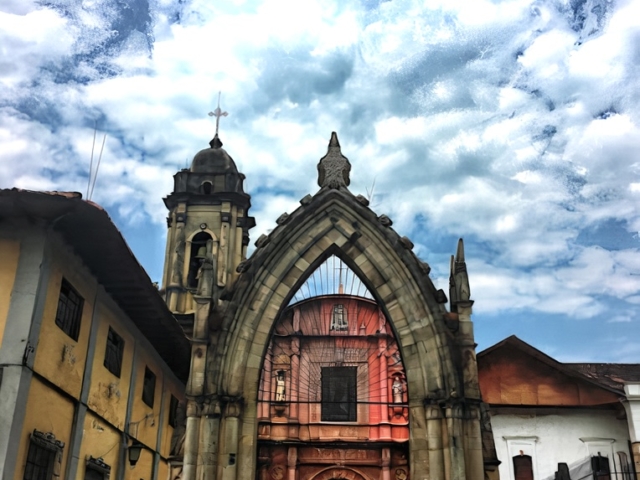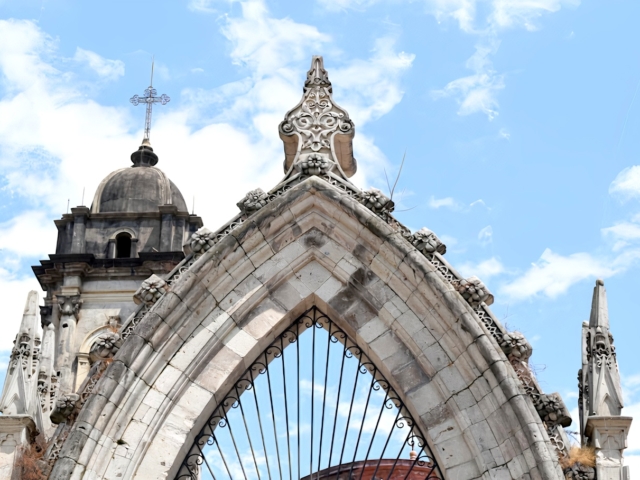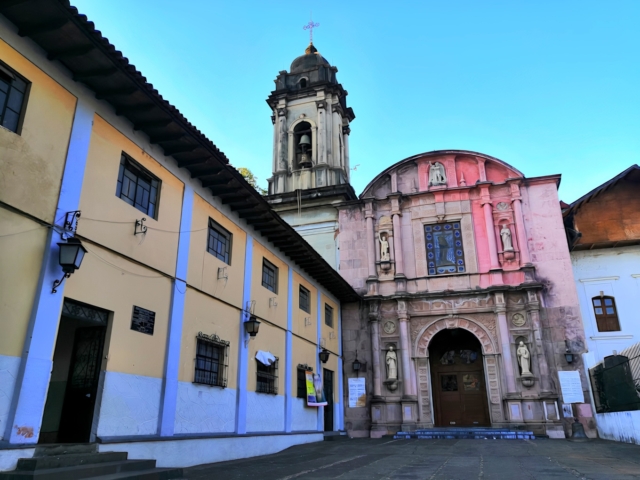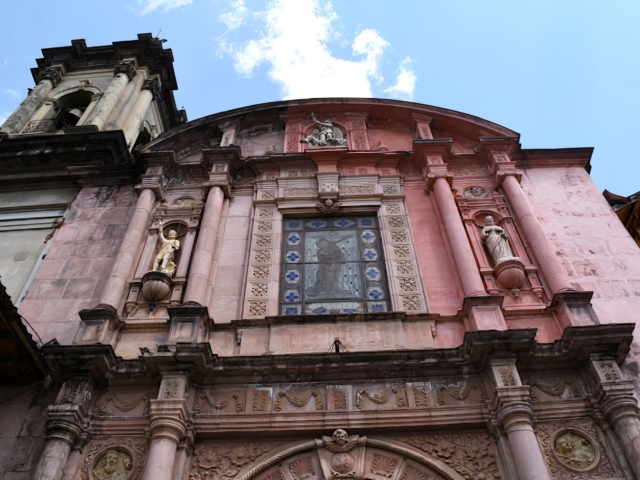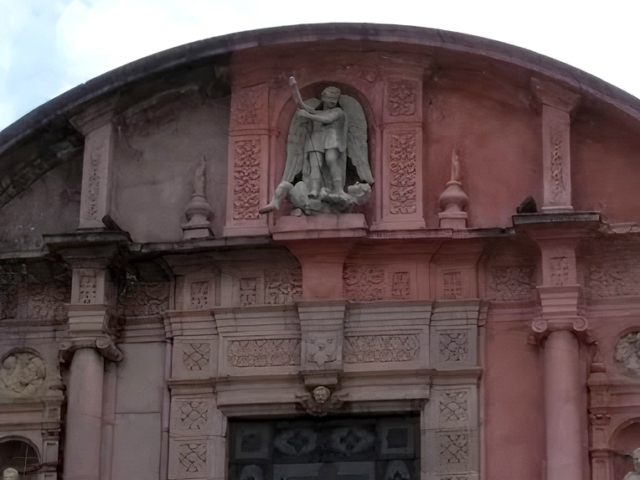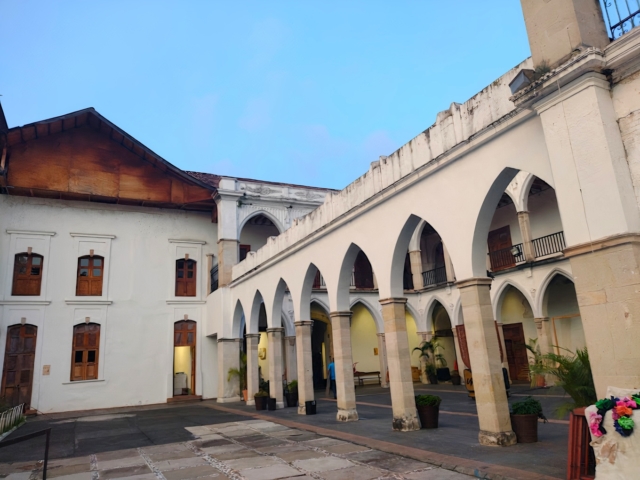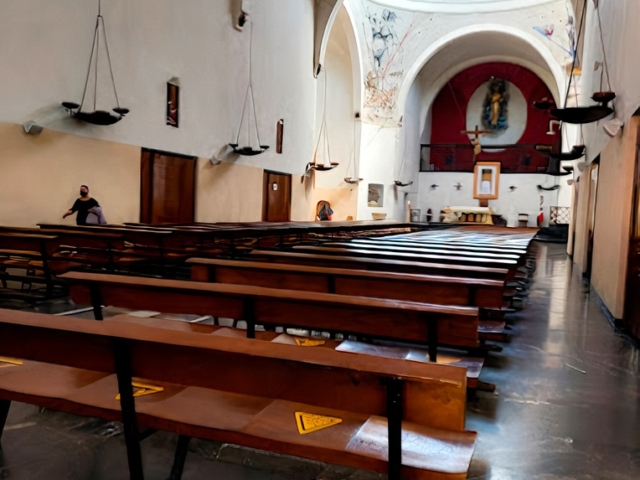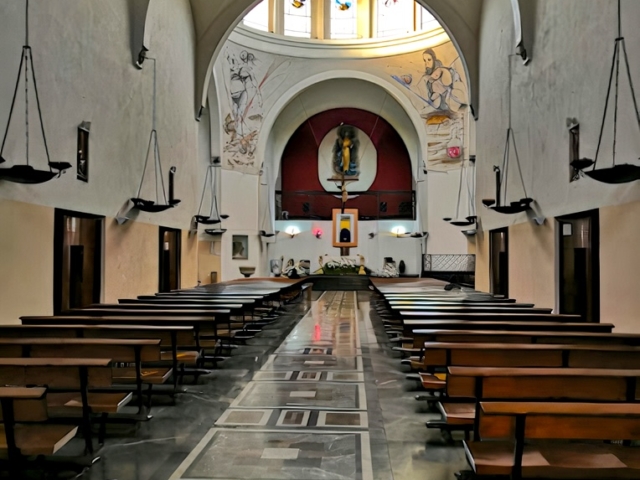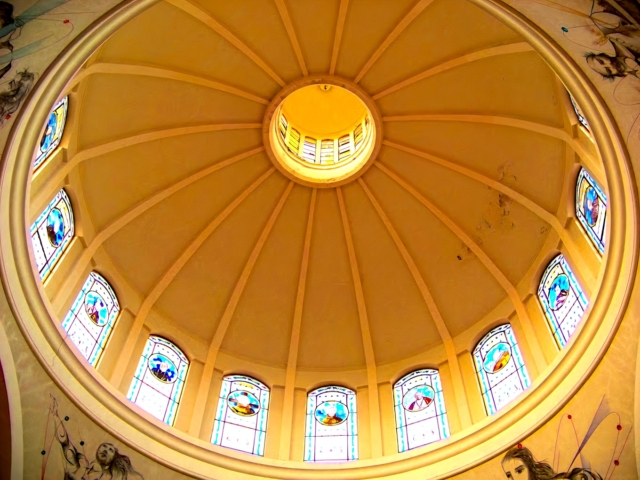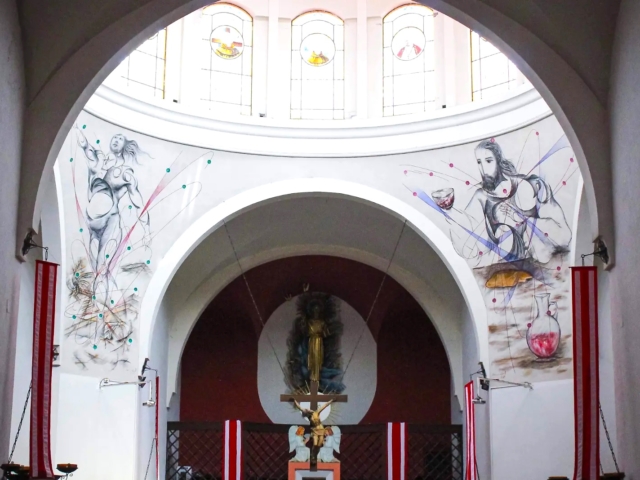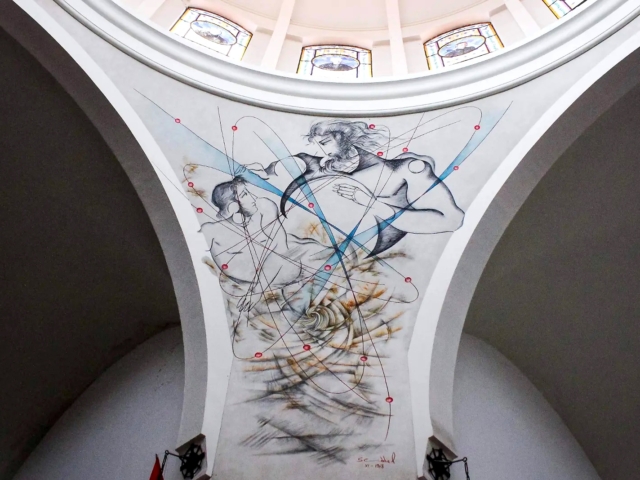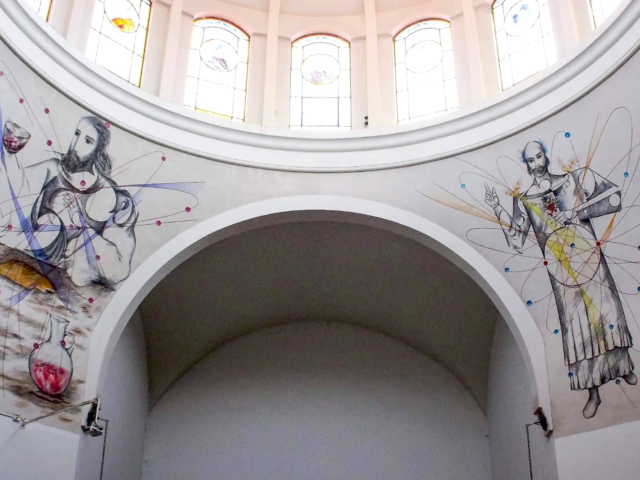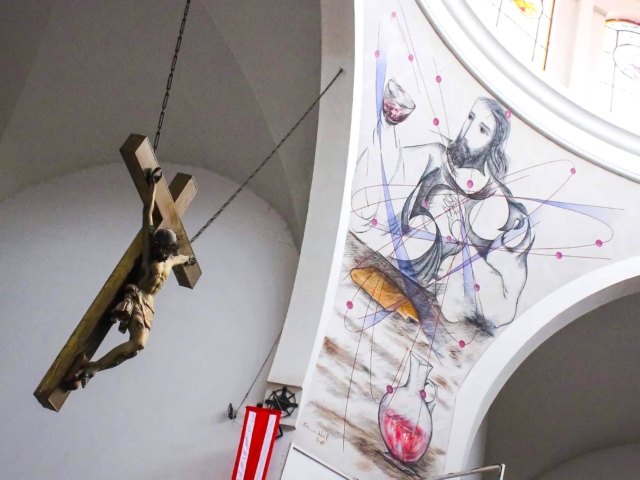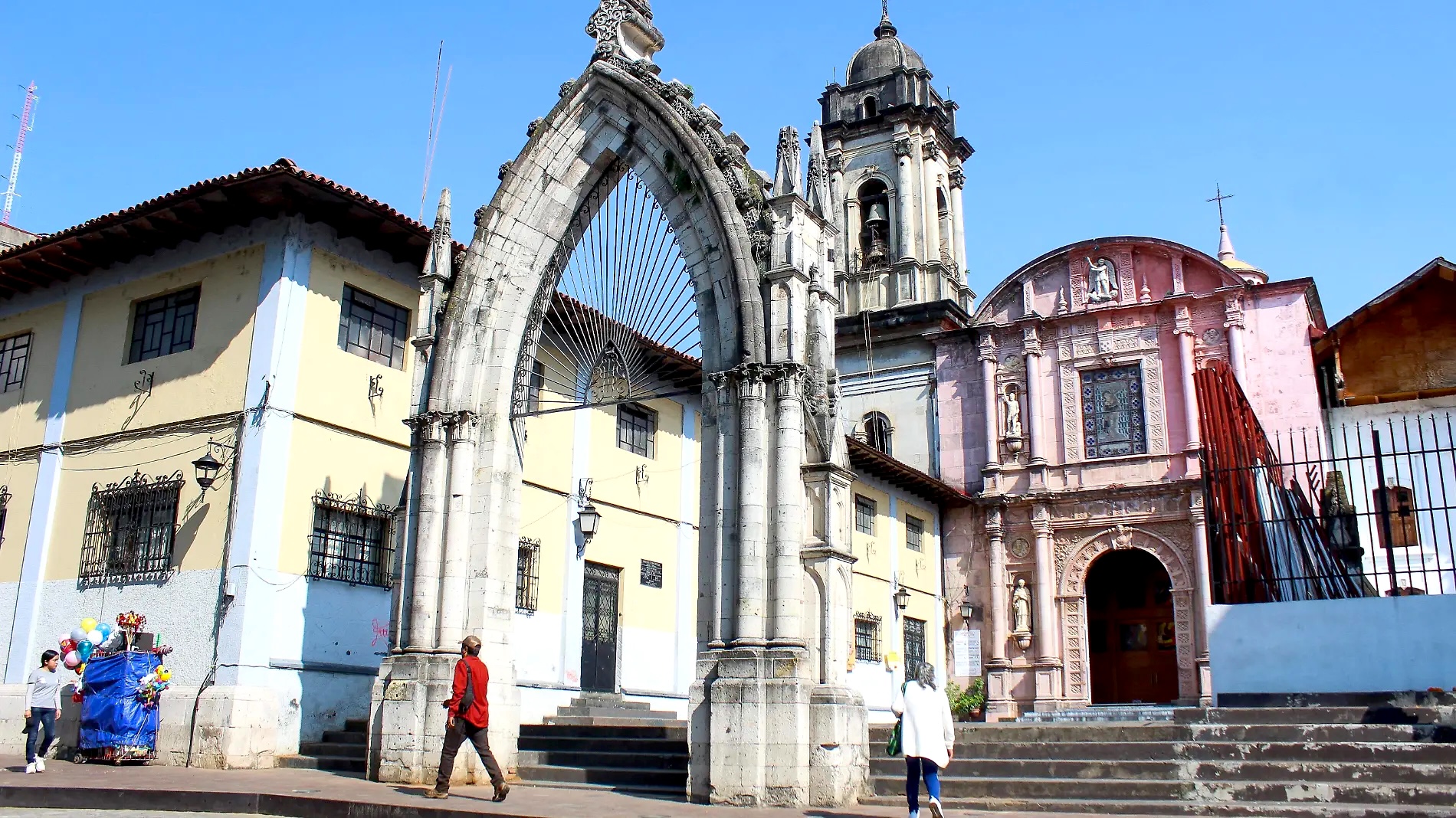
Adress
In front of the Garden of the Martyrs S/N, Center, 60000 Uruapan, Michoacán, Mexico.
GPS
19.421981658703, -102.06350326538
Phone
Web
Monday
10:00 – 14:00 / 17:00 – 19:00
Tuesday
10:00 – 14:00 / 17:00 – 19:00
Wednesday
10:00 – 14:00 / 17:00 – 19:00
Thursday
10:00 – 14:00 / 17:00 – 19:00
Friday
10:00 – 14:00 / 17:00 – 19:00
Saturday
10:00 – 14:00
Sunday
CLOSED
KNOW MORE PLACES
VISITA OTRAS LOCALIDADES
Uruapan was an important lordship during the pre-Hispanic period, tripartite between Pátzcuaro-Ihuatzio-Tzintzuntzan in the year 1400. The location of Pre-Hispanic Uruapan is where the Magdalena neighborhood is today. The Spanish arrived at the place in approximately 1522, led by Nuño de Guzmán, which caused the dispersion of the natives. Its first encomendero was Francisco de Villegas in 1524.
The Franciscans arrived around 1530. Fray Juan de San Miguel was entrusted with reuniting the natives, so he founded the town in 1533, naming Saint Francis of Assisi as its patron saint and dividing it into 9 neighborhoods with a chapel each, which form a large cross throughout the city: San Juan Bautista, San Juan Evangelista, San Miguel, San Francisco, Los Tres Reyes, San Pedro, Santiago, La Trinidad and La Magdalena.
The Parish of San Francisco de Asís, built in honor of the patron saint of veterinarians and animals, is located in the Historic Center, in front of the Plaza de los Mártires. Its Gothic-style arch stands out impressively, welcoming those who pass by; its grayish stone, worn by the years, ends up giving it that dark effect.
In the background, the building dedicated to the Patron Saint, which stands out for its plateresque architecture and which in some parts of its façade still preserves the religious statues despite the restorations of which it has been a part; thanks to these, marks of pink paint can be observed in its different shades, from a bright pink to a softer shade due to sunlight.
Its construction, around the year 1533, coincides with the founding of the city, in which Fray Antonio de San Miguel played an important role, establishing in La Huatápera a center of coexistence for the original communities of the city but also those that came from the interior of the State.
Inside the building, its aura is mysterious. Like any religious place, the lighting is dim and silence prevails within its walls; only the atrium is illuminated by sunlight that filters through its stained glass windows that depict emblematic figures for the Catholic religion such as Pope John Paul II.
One of the peculiarities of this church, and perhaps a little unknown, are the four murals that can be seen in the pendentives of the dome. These paintings are the work of the Iranian artist Mohammad Hassan Guchtin, better known as Mohamed Sciddel, made between 1968 and 1969 when he visited Uruapan, and then went into exile in Mexico after the outbreak of the Revolution in Iran.
The above demonstrates how the buildings of Uruapan are adapting to new architectural and artistic forms, since the introduction of new elements comes precisely to combine traditional forms with expressions that are increasingly present with modernity.
It is interesting how religion is mixed with science in Sciddel's paintings: the four religious figures surrounded by what appear to be atoms, due to the traces of the lines that converge in the different circles, give the illusion of an abstract world from the director's vision.
The painter returned to live in the city during the 1990s and it was from this moment that he settled permanently where years later he founded the Mehrgam Plastic Arts workshop to teach engraving and painting techniques.
The artist died in 2013 and his remains currently rest in the crypt of the parish of San Francisco de Asís, which is located next to the atrium.
People come and go every day, but Mohamed Sciddel's paintings will remain in the same place to be appreciated by anyone who looks up and stops to look at the details of colour and shapes created by the hand of one of the most important figures in the municipality in the world of painting.

